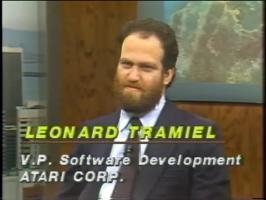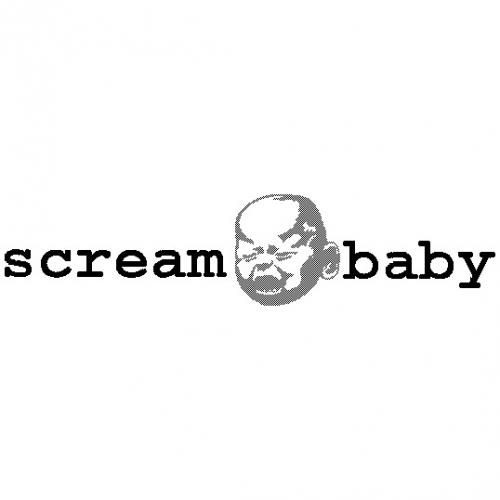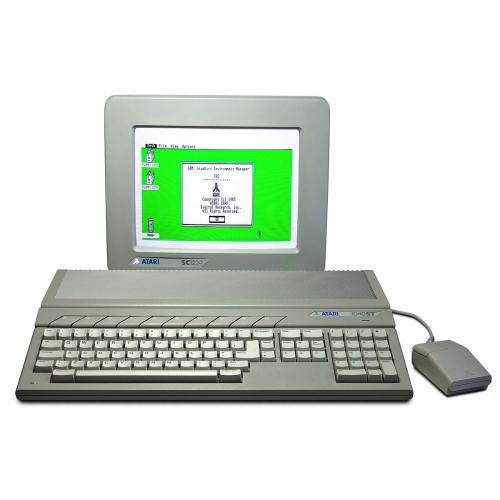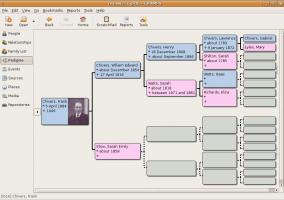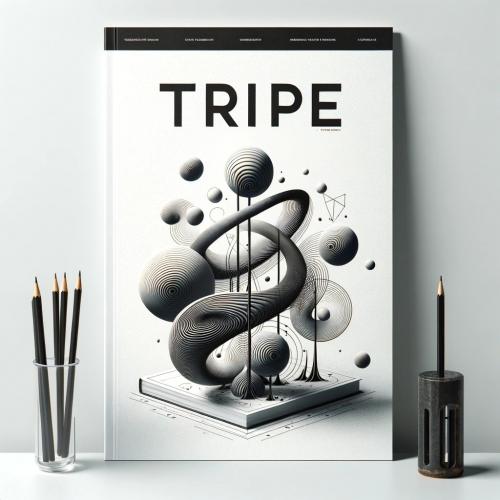Copy Link
Add to Bookmark
Report
Excerpt issue 3

¦¦¦¦¦¦¦¦¦¦¦¦¦¦¦¦¦¦¦¦¦¦¦¦¦¦¦¦¦¦¦¦¦¦¦¦¦¦¦
Shucky daRns and slap the fOssil Pigs, guess what.. . . |îxcerpt # 1
.-=ù. THE `--------. 2
/ / //|| //|| ãÍÍÍÍ // ãÍÍÍÍ //|| _..._ ` o3
/ / //_||_ || \\___ // \\___ || / _ \ 4
³ \_ .,_``-||- || ____/\ // ____/\ || ( (_) ) -Virtual 5
\ \__/³`- "" "" -----' // -----' "" `-----' REality 6
\_____/ ^ ScnClub .. take a peek 7
Hang on Alice!!! presents... 8
An îxcerpt from the Book of Crescent... 9
TheÃÅollow's lliance * 415-236-2371 * MONDO h/ph/c g-files and discussion 0
"KïWDGä Pø(/\)R", so that's what we're trying to bring you.. . . ¦
¦¦¦¦¦¦¦¦¦¦¦¦¦¦¦¦¦¦¦¦¦¦¦¦¦¦¦¦¦¦¦¦¦¦¦¦¦¦¦¦
Article 556 of comp.dcom.telecom:
Path: noe!pacbell!ames!netsys!vector!nobody
From: scotts@bu-it.BU.EDU
Newsgroups: comp.dcom.telecom
Subject: Another lesson on 700/800/900 service
Message-ID: <telecom-v09i0008m03@vector.UUCP>
Date: 3 Jan 90 06:57:48 GMT
Sender: chip@vector.UUCP
Lines: 174
Approved: telecom-request@vector.uucp
X-Submissions-To: telecom@bu-cs.bu.edu
X-Administrivia-To: telecom-request@vector.uucp
X-TELECOM-Digest: volume 9, issue 8, message 3
I have compiled some more information about the SACs for your
edification.
These include 700, 800, and 900.
Most telephone users from the United States are quite familiar with
800 service. A number that they dial and incur NO charge (not even
message units in most [all?] areas).
Then there is 900 service, which is most people perceive as 'value
added', i.e. you pay more for the information than for the transport
of the call. These vary typically from 35 cents to a few dollars for
either a timed service, or a 'as long as you like' duration-sensitive
service. There are two sub-species of 900 service, AT&T and
"everybody else".
Finally there is 700 service, which many people remember as Alliance
Teleconferencing. This is the third "canonical" SAC. With few
limitations, this SAC is given over to the IEC entirely.
Let's look at these in more detail:
800 service is offered by various IECs. Each NXX in the 800 SAC is
assigned to a given carrier, who is responsible for assigning numbers
from that block to customers, and providing 10 digit translation.
When you as Joe Customer dial 1-800-222-1234 (made up number, please
don't bother them) it will initiate the following sequence:
1. If you are in an Electronic Office (DMS-100, DMS-200, 1A ESS, #5
ESS) the 800-222 will be translated to "AT&T" and search for an
opening in a trunk group marked for 800 origination. Should none be
found, bump to step 3
2. If you are in a non-electronic office (SXS, XB, and some flavors
of ESS), it will go to the access tandem that you're office 'homes'
on, where 800-222 will be translated to "AT&T"
[note that if at this point, the number doesn't have a translation,
you will get a "lose" recording from the CO]
3. Find a trunk in a trunk group marked for 800 origination. Should
none be found, give the customer a recording "Due to network
congestion, your 800 call could not be completed" or die, or whatever.
(Depends on phase of moon, etc.)
4. The end office will the send the following pulse-strea (in MF):
KP + II + 3/10D + ST + KP + 800 222 1234 + ST
(note that this is a simplification, there are some fine points of
ANI spills that are beyond the scope of this article)
II = 2 information digits ... typical values are:
00 normal ANI .. 10 digits follow
01 ONI line ... NPA follows
02 ANI failure ... NPA follows
3/10D = 3 or 10 digits. Either the NPA, or the entire 10
digit number.
KP and ST are control tones
5. The carrier receives all of this (and probably throws the ANI into
the bit bucket) and translates the 800 number to what's called a PTN,
or Plant Test Number. For Example, 617-555-9111. Then, the call is
routed AS IF the customer had dialed that 10 digit number. Of course,
the billing data is marked as an 800 call, so the subscriber receiving
the call pays the appropriate amount.
900 Service. As I mentioned earlier there are two flavors of 900
service, AT&T, and "Everybody Else". Everybody else is handled
exactly as 800 service above, except the IEC will probably use the ANI
information to send you a bill. (Either directly, or through your
BOC, each situation governed by applicable tarrifs and contractual
arrangements between the IEC and the BOC)
AT&T 900 is a curious monster indeed. It was designed as a "mass
termination" service. When you dial a 900 # by AT&T (such as the
"hear space shuttle mission audio" number) you get routed to one of
twelve "nodes" strewn throughout the country. These nodes are each
capable of terminating 9,000 calls >PER SECOND<. There are several
options available, where the customer and/or the IP pay for all/part
of the call. The big difference between 800 and AT&T 900 is >NOT<
"who pays for the call" (there are free 900 numbers) but "how many
people can it handle at once". The IP is responsible for providing
program audio. AT&T is prohibited from providing audio-program
services (i.e. tape recorded messages) [As with any rule, there are
exceptions to these as well]
The last SAC we'll deal with is 700. I've seen ads on late-nite
television for Group Access Bridging service (GAB) under 700 numbers,
with a elephantine dialing sequence. The one that comes to mind is
10041-1-700-777-7777. [I make no guarantee about the quality or
availability of this service. I don't even know if it still exists.]
If you were to dial 1-700-555-4141 you will hear a recording
announcing your Equal-Access carrier. (Some carriers ignore the last
four digits, and any 700-555 number will give the announcement).
This is signalled the same as 800 service, and may or may not be
billed ENTIRELY at the discretion of the IEC. In New York, under PSC
tarrif you can order 900 and/or 700 blocking as well as 976, 970, 550,
and 540 blocking in various (but not entirely orthoganal)
combinations.
What in ONE carrier might be a customer service hotline (Dial 1-700-I
AM LOST) might for another be a revenue product. There is LITTLE
standardization of 700 usage from IEC to IEC.
The one last dialing pattern that is worth mentioning is what's
called, "cut through dialing". Try dialing 10220#. If Western Union
comes to your town, you'll get a FG-A style dial tone. Presumably if
you had a Western Union "Calling Card" [I don't know their term for
it] you could dial a call. (If someone DOES have WU service, could
they please check this out for me?)
Glossary:
ANI - Automatic Number Identification. An MF sequence that identifies
your line for toll billing information. Often confused with ANAC
(Automatic Number Announcemnt Circuit) which reads your number back in
a synthesised voice.
BOC - Bell Operating Company. A often misused term (even in this very
article :-) that in general usage means, "Your local exchange
carrier." Since most of the telephones in the country are served by
what used to be the Bell system, we tend to use the term. The proper
term in this case, however IS "Exchange Carrier [EC]" They provide
service within your LATA.
FG-A - Feature Group A. Line Side termination for Long Distance
carriers. The old 555-1234 for Widget Telephone Company then dial an
access code and the number style dialing is called FG-A.
FG-B - Feature Group B. Trunk Side termination for Long Distance
carriers. (aka ENFIA B). 950 service. This is LATA wide service,
and doesn't cost the customer message units. ANI is only provided
when the trunks terinate in the End Office (as opposed to an access
tandem).
FG-D - Feature Group D. Trunk Side termination. Provides 10xxx
dialing, 1+ pre-subscription dialing, and Equal Access 800/900
service. Only available in electronic offices and some 5XB offices
(through a beastie called an Adjunct Frame.)
GAB - Group Audio Bridging. Where several people call the same
number, to talk to other people calling the same number. "Party" or
"Chat" lines.
IEC - Inter-Exchange Carrier. Someone who actually carries calls from
place to place. AT&T, Sprint, MCI are all IECs.
IP - Information Provider. Someone who sells a value-added service
over the telephone. Where you pay for the INFORMATION you're
receiving, as well as the cost of TRANSPORT of the call.
NXX - Notation convention for what used to be called a "prefix". N
represents the digits 2 through 9, and X represents the digits 0
through 9. There are 800 valid NXX combinations, but some are
reserved for local use. (411 for Directory, 611 for Repair Bureau,
911 for emergency, etc.)
ONI - Operator Number Identification. In areas with some styles of
party-line service, the CO cannot tell who you are, and the operator
will come on and say, "What number are you calling from?". You can
lie, they have to trust you. They MAY know which PREFIX you're coming
from, though.
PTN - Plant Test Number. A regular 10 digit number assigned with your
inward WATS line. This may NOT be a 'dialable' number from the local
CO. (A friend has a WATS line in Amherst, MA [413-549, #5 ESS] and
you cannot dial the PTN locally, but you can if you come in on a toll
trunk.)
SAC - Special Area Code. Bellcore speak for area codes that aren't
really places, but classes of service.
¦¦¦¦¦¦¦¦¦¦¦¦¦¦¦¦¦¦¦¦¦¦¦¦¦¦¦¦¦¦¦¦¦¦¦¦¦¦¦
Great article. If you have any informative, interesting h/ph/c related
articles you'd like to submit, ask around SDBP or the *Hollow's Alliance* for
the 415/510 ScanClub... .. . .
.. and so the fellow walks off into the... nawww, how bout.. .
The moonPhello(/\) hacks off into the SprintNet... .
Till-next-issue!!
415/510 ScanClub (c) 2003








